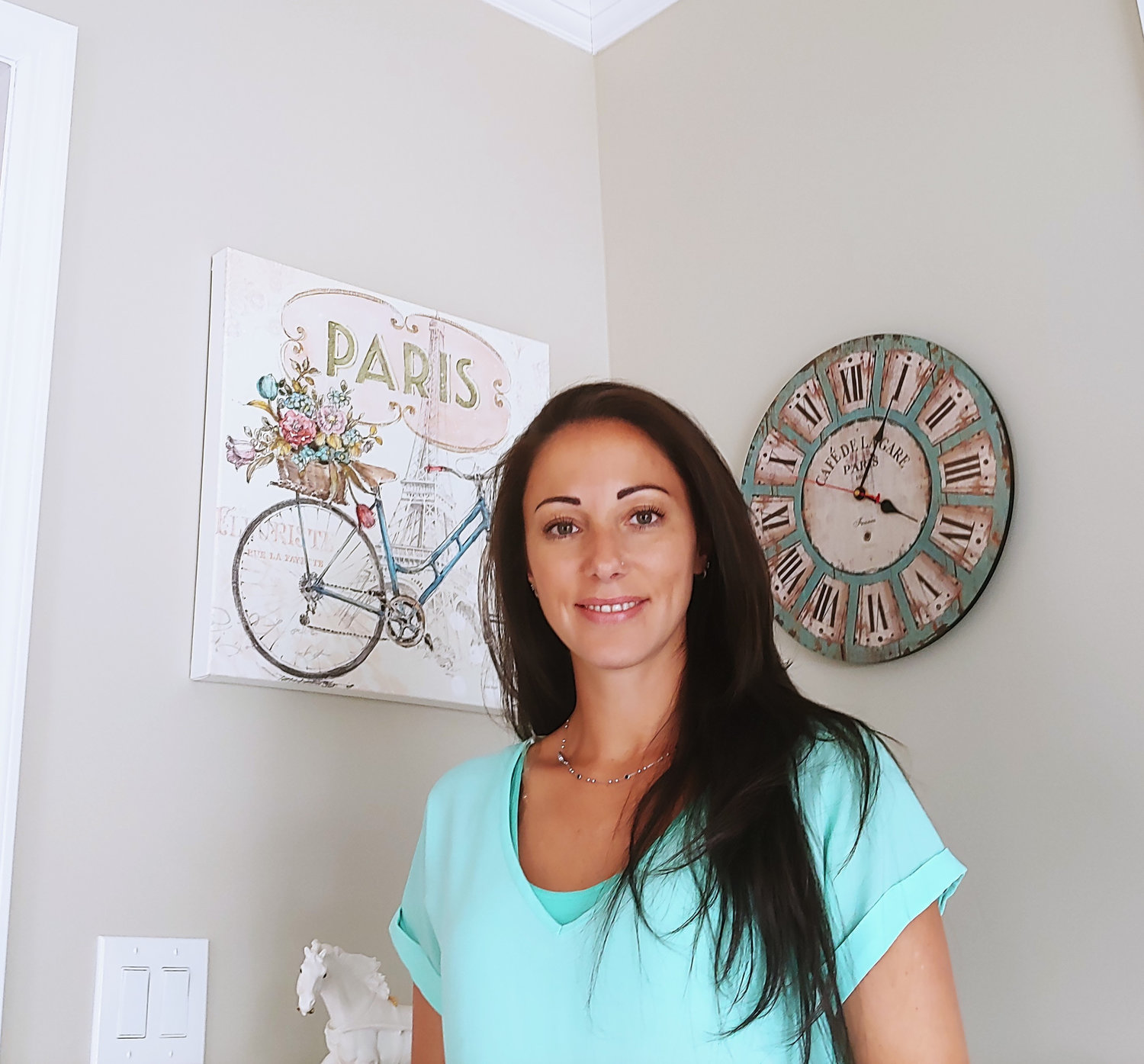Facilitating transitions for children on the autism spectrum
As any parent knows, transitions can often be difficult. This is one topic that arises repeatedly in parent education. For some individuals on the autism spectrum, everyday transitions may be quite challenging.
I am hoping to share some information that will help you better navigate and prepare for transitions.
There are several types of transitions and some are more difficult than others. Types of transitions include: within activity, between activity, preferred to non-preferred and non-preferred to preferred.
Examples include: following a morning or bedtime routine, leaving for school, returning from school, afternoon routine, dinner time, homework and several more. Within each of these transitions are several smaller transitions. In addition, there are large-scale transitions including change of school, change in location or move, death or illness in the family and graduation.
Not all transitions are difficult and you may find some are more challenging than others. Below are some recommended tips that can be used to help facilitate smooth transitions.
Tip 1: Give notice.
Giving notice prior to the event or transition can be done in a variety of ways, however, making use of different methods will help ensure success. Methods include visual prompts like “first, then” boards, visual schedules like a text or picture, depending on the child, use of timers, social stories and verbal prompts. Although this takes a bit of effort at first, once you establish a routine you will find it becomes second nature.
Tip 2: Use clear and concise language.
Using clear language will help ensure that the expectation is understood and clear to the child. Examples include: “You have five more minutes then we are doing your homework,” “After we finish playing, we are cleaning up,” “First, jacket, then walk out to the bus.”
Instead of this: “We are running late to your friend’s birthday, go get your shoes now or you will miss the pizza!” Try this: “Time for the party, get your shoes,” and hold up a picture of shoes or point towards the shoes.
Tip 3: Functional communication training.
This strategy is something that can be used throughout a child’s day. For transitions, learners can be taught to appropriately request more time, when it’s an option. Often pairing visuals with verbal requests is helpful. Write on an index card “five more minutes,” or something similar.
Tip 4: When possible give a choice.
When possible, offer a choice between items or activities. For example, if you are leaving the house, offering a choice of which pair of shoes a child puts on, which jacket they will wear or which hand they want to hold while walking may be helpful. Offering two choices is recommended as some children struggle with choice making and may be overwhelmed when given too many options. You can always add more.
Tip 5: Form routines.
Keeping to a schedule is recommended, however, it’s important to find a balance between relying heavily on schedules and working on flexibility. Start with schedules for things that do not or rarely change. Examples include creating a visual for a morning routine (get up, make bed, get dressed, eat breakfast, brush teeth, etc.) and evening routine. This will help behaviors associated with the routine become more automatic.
Tip 6: Praise the positive.
Always find opportunities to praise appropriate behaviors. Make sure behaviors you want to see increase are met with valuable social praise such as listening the first time and positive transitions. Point out when your child has made a positive transition by stating, “I love how you listened the first time,” “Great job getting your shoes,” or something similar. If social praise is not motivating for your child, consider using other reinforcement-based systems to help facilitate transitions.
Nicole Iannarone, a Board Certified Behavior Analyst and Baldwin native, founded Cornerstone Behavioral Services and has worked in the field of Applied Behavior Analysis for more than ten years. Visit www.cornerstonebehavioralservices.com and contact her via email at nicole@cornerstoneaba.com.






